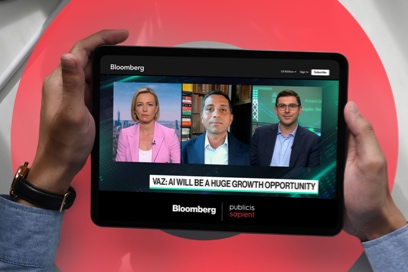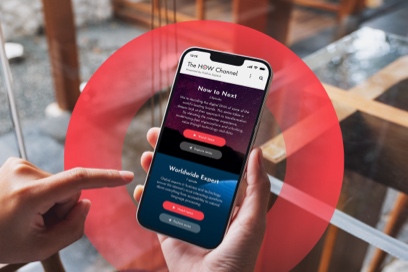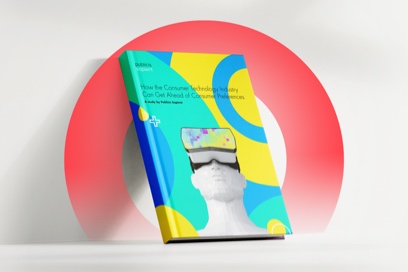Modernizing technology through modular and composable architecture
One way to conceptualize the efficiency of modernization through modular and composable technology is by using the metaphor of building a home.
With a traditional or “monolithic” approach to home building, the general contractor creates a custom design from scratch. This highly unique construction is difficult to update and change as needs evolve over time.
With a modular approach to home building, the general contractor assembles a home using pre-built modules based on existing blueprints. The contractor can use guaranteed high-quality, independent modules built in a controlled factory environment. The initial investment in pre-built modules and blueprints allows for tremendous speed and the flexibility to swap out parts of the home with new ones as needs evolve.
A composable approach goes a step further, allowing homeowners themselves to independently design and update the architecture, room by room, through an easy-to-use application.
With composable technology, a non-technical team member can independently configure new technology. This opens the door for new business opportunities that may have been unrealistic due to limited resources within a monolithic architecture and other legacy operational systems in place.
“As you can see, it isn’t just about the technology itself. It’s about the operation and the organization behind it,” says Steiner.


















